The Baroque period, spanning roughly from 1600 to 1750, was a time of profound musical innovation and complexity. Among its many contributions to Western classical music, the development of figured bass, or basso continuo, stands as one of the most defining characteristics of the era. This system of musical shorthand not only shaped the way composers wrote music but also influenced how performers interpreted and improvised within a given framework. The practice of figured bass became the backbone of Baroque ensemble music, providing both structure and flexibility in equal measure.
At its core, figured bass is a form of musical notation where a bass line is written out, and numbers or symbols are placed beneath the notes to indicate the harmonies to be played above them. This allowed keyboard players, such as harpsichordists or organists, to improvise chordal accompaniments in real time. The bass line itself was typically reinforced by a sustaining instrument like a cello, viola da gamba, or bassoon, creating a rich, layered texture. This collaborative interplay between written and improvised elements became a hallmark of Baroque music, fostering a dynamic relationship between composer and performer.
The origins of figured bass can be traced to the late Renaissance, where composers began experimenting with more expressive and text-driven musical forms. As the Baroque era dawned, the desire for greater emotional intensity and dramatic contrast led to the development of the monodic style—a single vocal line with instrumental accompaniment. Figured bass emerged as the perfect solution for harmonizing these melodies without prescribing every note, giving performers the freedom to shape the music according to the context and their own artistry. This balance between composition and improvisation was revolutionary, paving the way for the intricate counterpoint and ornamentation that would come to define the period.
One of the most fascinating aspects of Baroque figured bass is its inherent flexibility. Unlike later musical styles that demanded strict adherence to written scores, the Baroque era celebrated the performer’s role in interpreting and embellishing the music. A skilled continuo player would not only realize the chords indicated by the figures but also add passing tones, suspensions, and other decorative elements to enhance the emotional impact. This practice required a deep understanding of harmony and voice leading, as well as a keen ear for stylistic conventions. The result was a living, breathing performance that could vary from one rendition to another, even with the same ensemble.
The instruments used in realizing figured bass were as varied as the music itself. The harpsichord, with its bright, percussive sound, was a favorite in secular and operatic settings, while the organ provided a more solemn and resonant tone for sacred works. In smaller ensembles, lutes, theorboes, and even guitars were sometimes employed to create a softer, more intimate texture. The choice of instrument often depended on the venue, the nature of the composition, and the available resources. This adaptability further underscored the versatility of the figured bass system, allowing it to thrive in diverse musical contexts.
Figured bass was not merely a practical tool for performers; it also reflected the philosophical and aesthetic ideals of the Baroque era. The system embodied the concept of the "Doctrine of the Affections," which held that music should evoke specific emotions in the listener. By leaving room for improvisation, composers could trust that performers would heighten the expressive qualities of the music through their own creative choices. This collaborative approach blurred the line between composition and performance, making each rendition of a piece a unique artistic statement.
As the Baroque period drew to a close, the practice of figured bass began to wane, giving way to the more prescriptive styles of the Classical era. However, its influence endured in the form of harmonic theory and keyboard pedagogy. Today, the study of figured bass remains an essential part of music education, offering insights into the improvisational practices and compositional techniques of one of history’s most vibrant musical periods. For modern musicians, engaging with Baroque figured bass is not just an academic exercise—it’s a gateway to understanding the spontaneity and creativity that lie at the heart of all great music.
The legacy of figured bass extends beyond its historical context, serving as a reminder of the dynamic interplay between structure and freedom in art. In an age where musical notation has become increasingly detailed, the Baroque approach offers a refreshing alternative, encouraging performers to trust their instincts and engage deeply with the material. Whether in the hands of a seasoned harpsichordist or a student grappling with their first realization, figured bass continues to inspire and challenge, proving that the best music often lies in the spaces between the notes.
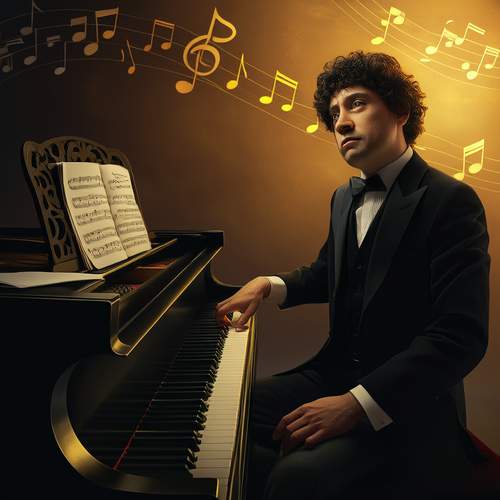
By /May 30, 2025
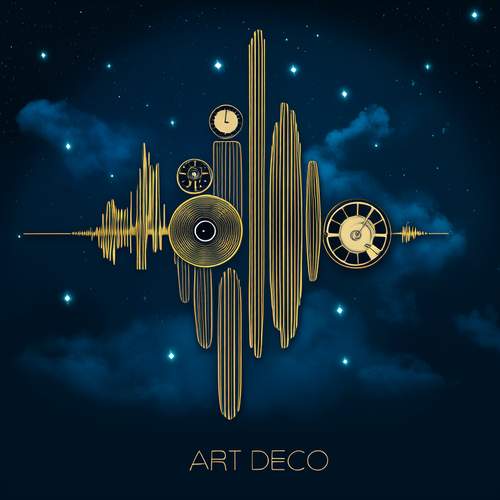
By /May 30, 2025
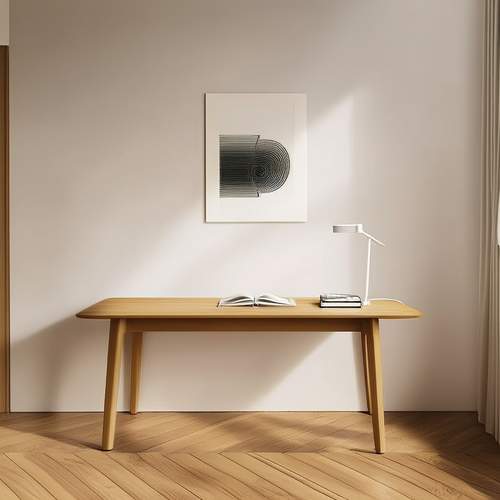
By /May 30, 2025
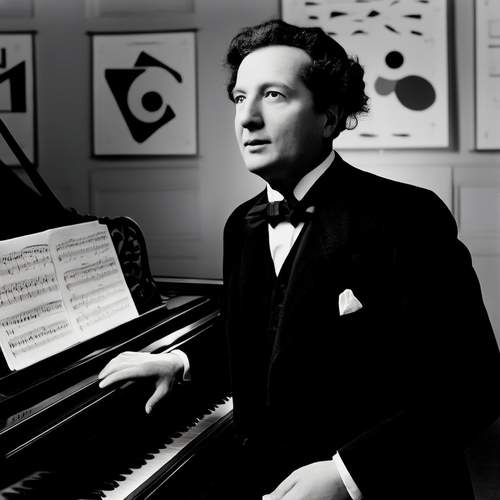
By /May 30, 2025
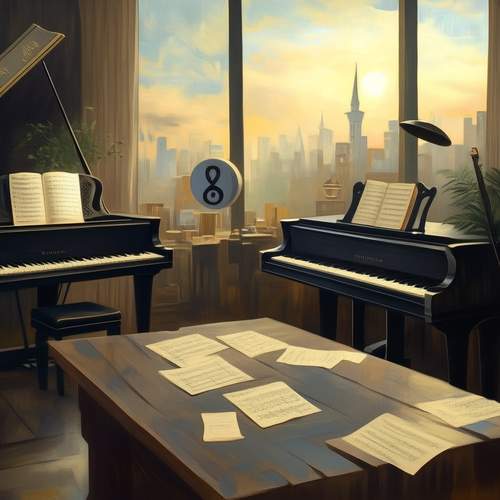
By /May 30, 2025
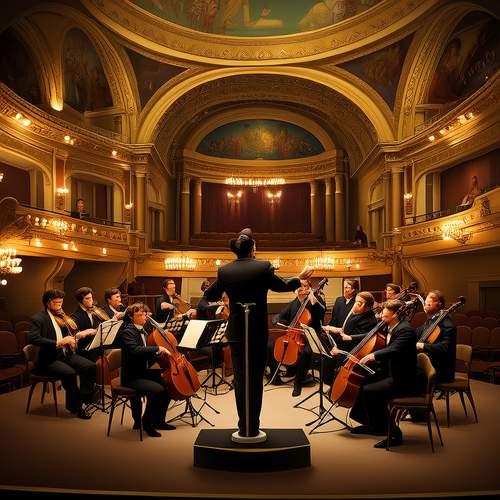
By /May 30, 2025
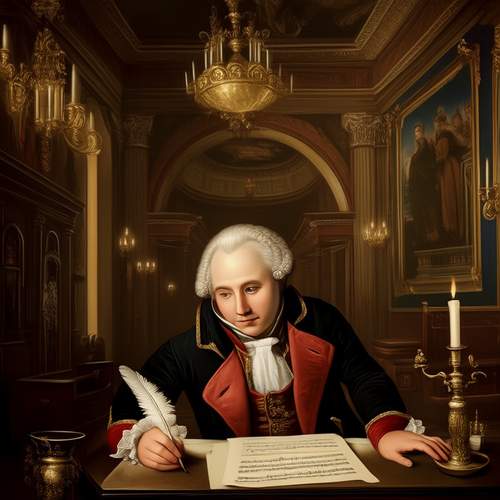
By /May 30, 2025
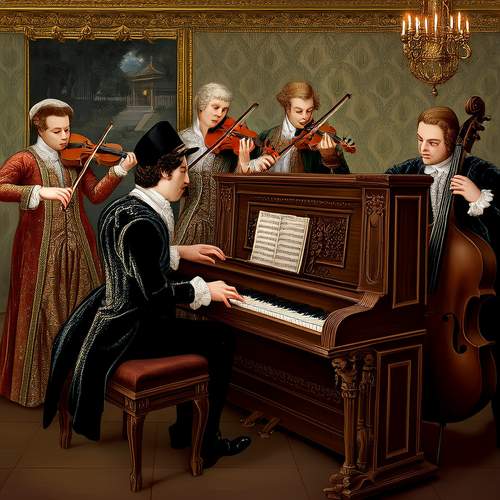
By /May 30, 2025
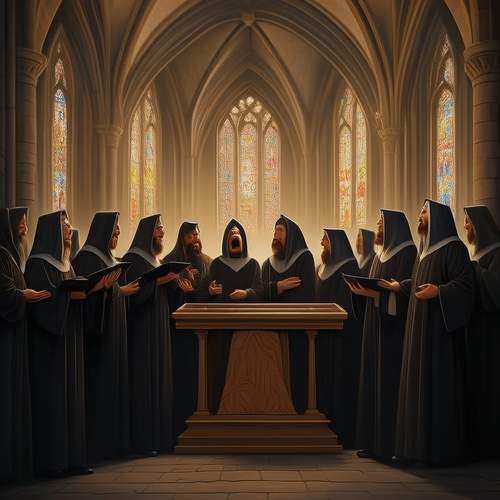
By /May 30, 2025
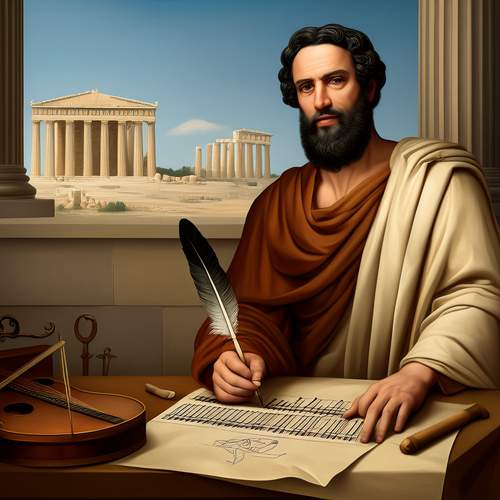
By /May 30, 2025
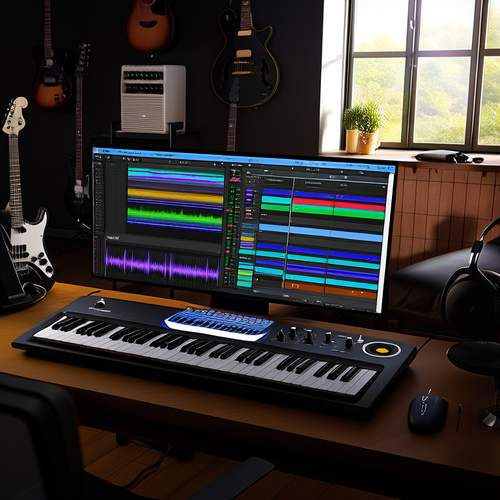
By /May 30, 2025
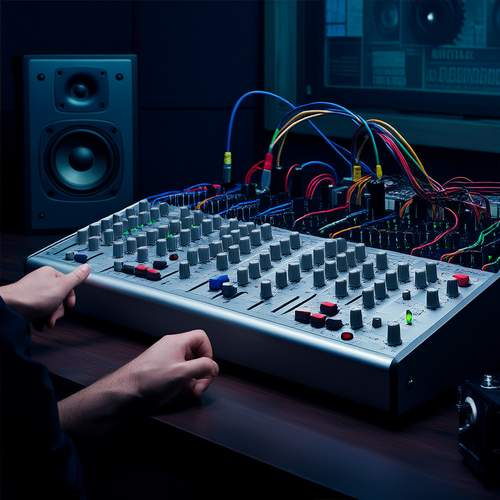
By /May 30, 2025
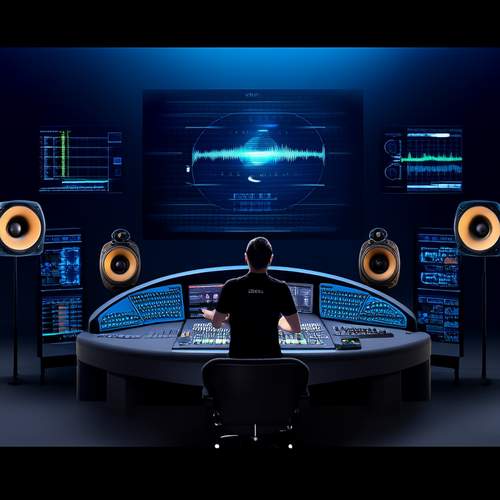
By /May 30, 2025
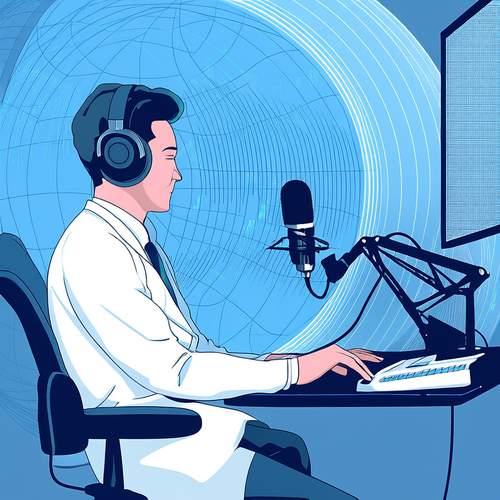
By /May 30, 2025
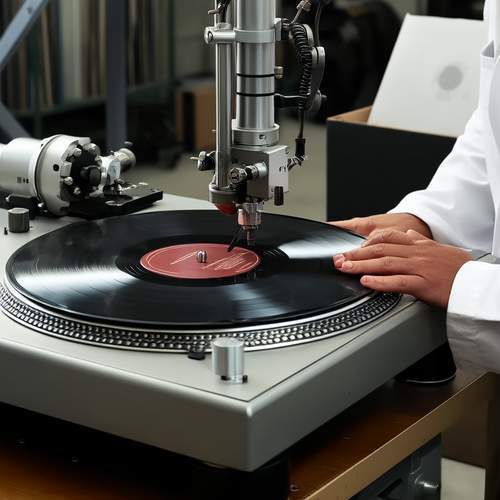
By /May 30, 2025
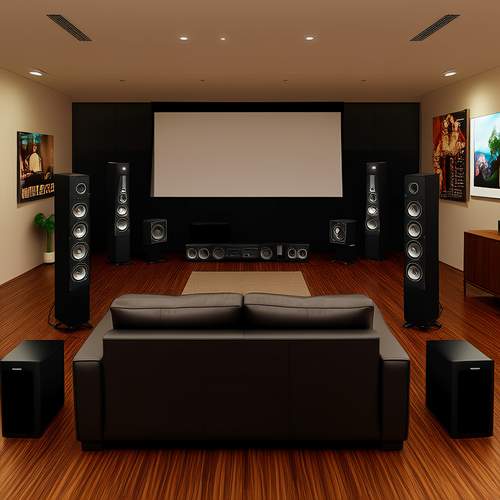
By /May 30, 2025

By /May 30, 2025

By /May 30, 2025
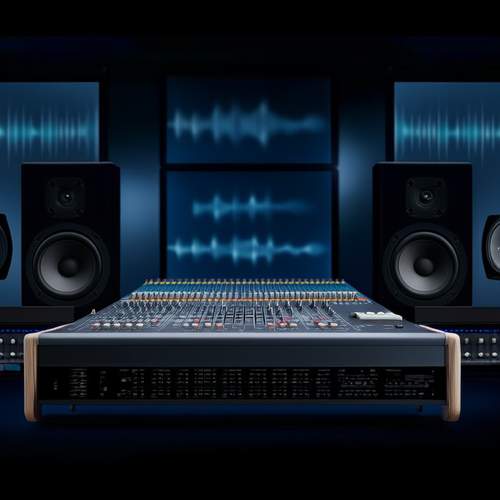
By /May 30, 2025

By /May 30, 2025